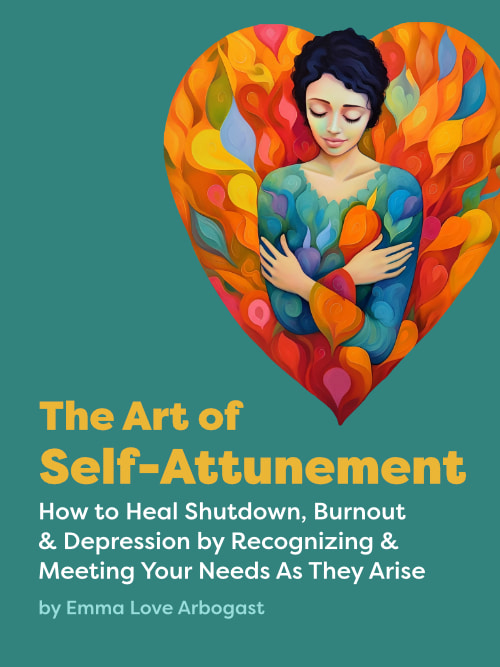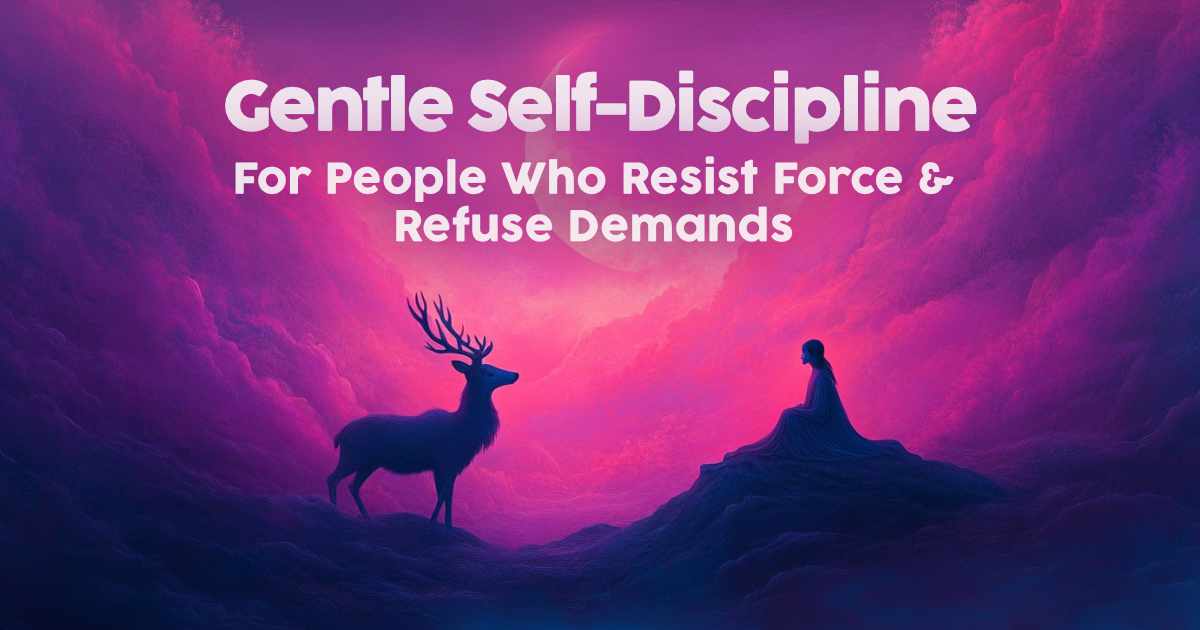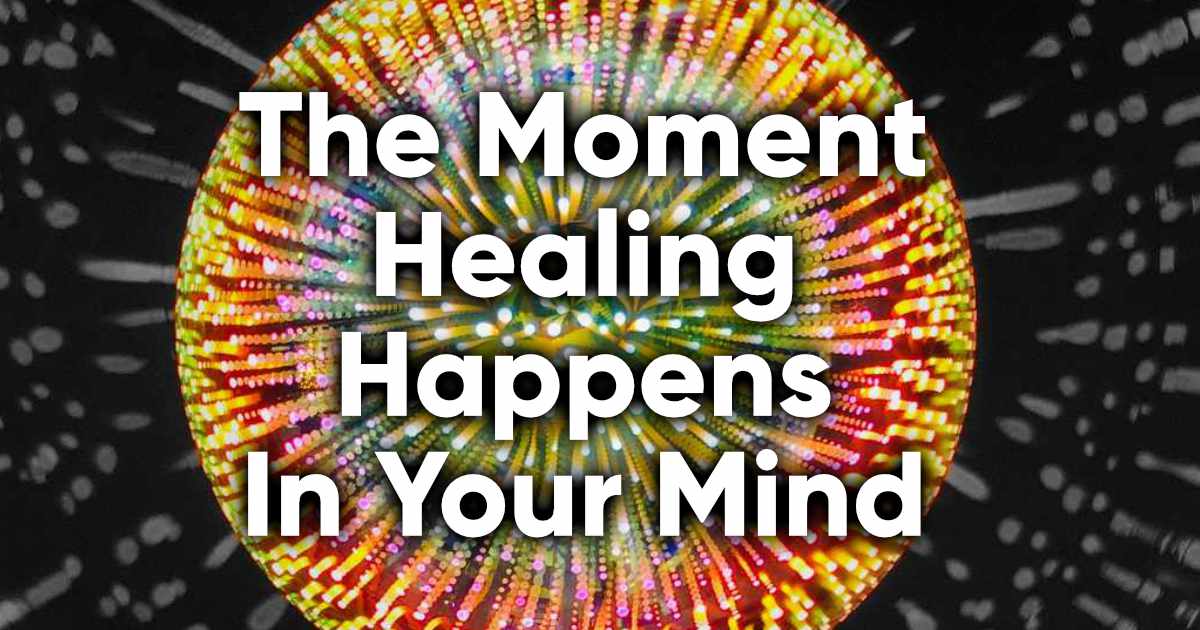Interpersonal Neurobiology
To understand your mind, you need to understand your brain.
Interpersonal Neurobiology is an emerging multi-disciplinary field that is revealing fascinating insights into why we are the way we are, and how to create lasting change. It adds an understanding of the physical brain as a factor in wounding and healing.
We have three main brain centers–the brainstem (reptile brain), limbic area (mammal brain), and the cerebral cortex. They evolved at different times in our history and for different reasons.
The Reptile Brain
The brainstem regulates our autonomic nervous system, controls our heart beat and breathing, and reacts to perception of danger with the fight/flight/freeze response.
This part of our brain evolved first, which is why it’s called the Reptile Brian.
Think about reptiles. Their eyes are cold, unfeeling–they have no sense of interconnectedness. They have to lay their eggs and then leave, because otherwise they will eat their young as soon as they hatch.
If we perceive danger and this part of our brain comes online, it is both very powerful and completely unable to relate to other people’s needs.
This brain is concerned only with survival needs like food, safety, and sex.
The Mammal Brain
The limbic brain evolved with mammals.
Think about those soft cuddly beings–they are all about connection. Their brains evolved to help them sense each other, protect each other, and take shelter with each other. They form herds without verbal communication. They are wired to intuitively sense the others presence and feelings.
The limbic brain is where our emotions live. This is how we get attached. It’s also how we empathize and attune to another’s state.
The Reptile and Mammal brain have had millions of years of evolution to work together and wire together. They are very closely linked. This means that if your limbic brain senses a threat to its needs (connection, belonging), it can activate the reptile brain to its defense. This is why marriage can be hard: we want to be close, but every time that closeness is threatened, we freak out in a major way, and in that freak-out we stop caring about the other person and our connection, thus damaging the very connection we want so badly to maintain.
When that safety isn’t threatened, we experience a very deep bond. Think about our pets: we love them limbically, and can relax into that bond because our reptile brain is never threatened into activation.
The limbic brain has no sense of time. When we fall in love, time stops. We are having an intensely limbic experience. It also means that if a painful experience gets “stuck” here, it can get relived over and over with just as much intensity as the first time it happened.
The limbic area includes the hypothalamus, which regulates our hormones. Remember how closely it’s linked to the reptile brain? If we sense danger, our hypothalamus starts pumping out cortisol to mobilize us to address it. This is a problem if our danger-sensing system is out of whack, or we live in a modern stressful society which is always making our danger-sense tingle.
If we experience overwhelming shock or trauma, it lodges in this combined reptile-limbic system. This is where PTSD comes from: the brain becomes extra-sensitive to perception of danger, and reacts as if it’s under survival threat.
These reactions happen in a split-second, and we can be mobilized to action before we’ve had any ‘rational’ thought about the situation. Depending on how real the threat is, this can save our life, or make our relationships completely break down.
The Cerebral Cortex
All the stuff that makes us “human” rather than just “mammal” lives here. Our ability to visualize, conceptualize, speak in languages, think about the past and the future, and create new things all live here (specifically, in the prefrontal cortex).
We can even think about thinking–which sometimes means we can get lost in there.
This part of our brain is much, much more recent than the older parts. It hasn’t had the same amount of time to wire together. That means that if we perceive danger, our older brain can have us reacting before we consciously know what is happening.
Mindfulness
The magic key to navigating all these brains and their differing needs and lightning responses is mindfulness.
Mindfulness is simply compassionate & curious awareness of what is going on internally. You can be mindful of your thoughts, feelings, sensations, emotions, and perceptions.
Mindfulness is magical because it is a special mind-state that unlocks the neuroplasticity of the brain. By holding both the old mental perception, and the current reality in mind at the same time, with mindfulness, we can rewrite the old pattern.
Self-love is a set of skills you can learn

Stop Being Cruel to Yourself
$2.99


Hey there! If you're new here, welcome to the Emmaverse! 🌈✨
About me: I'm autistic/ADHD and I write about how to be free and happy from the inside out.
Keep in touch?
Self-Liberation Society






